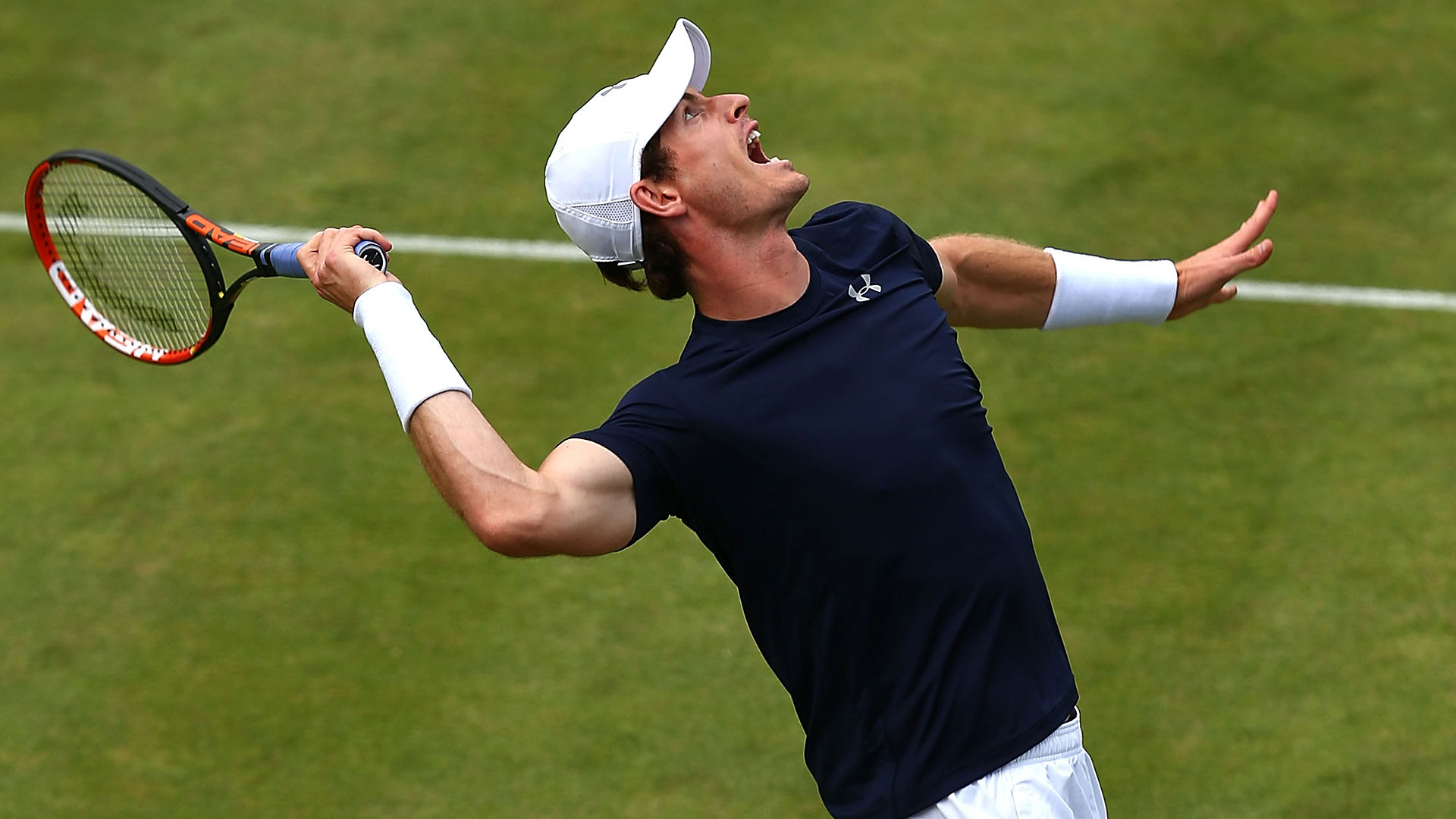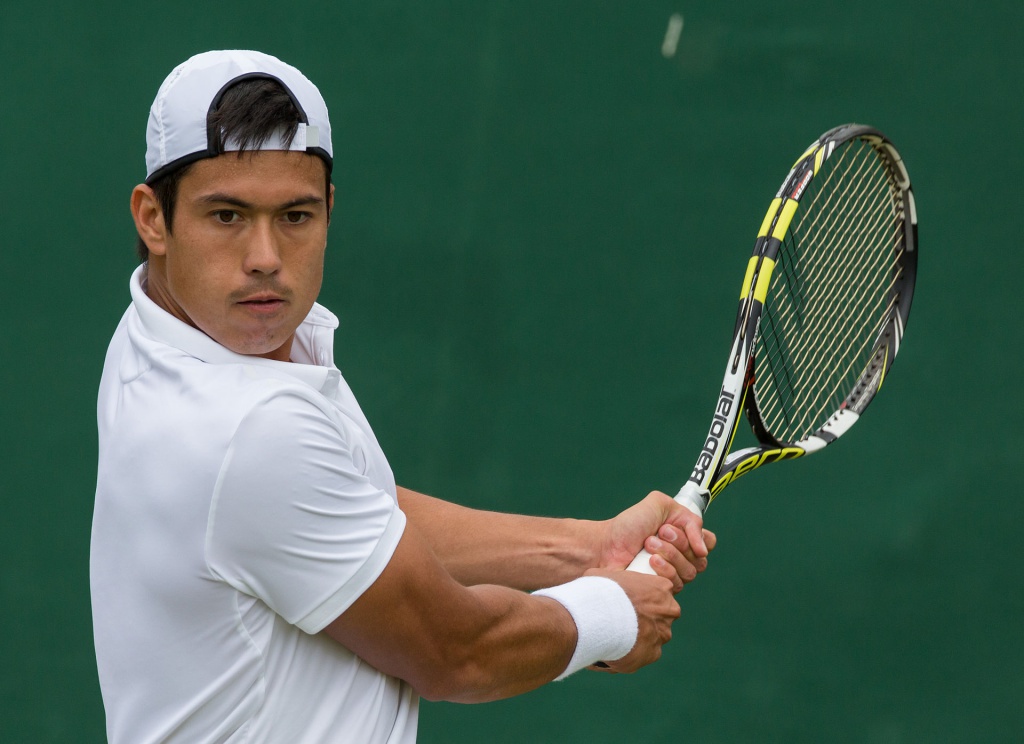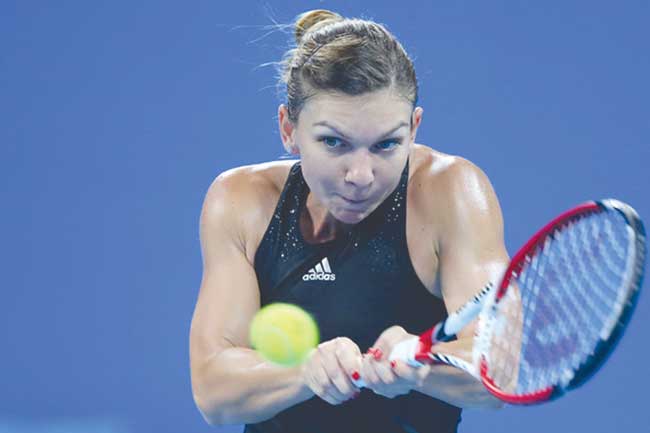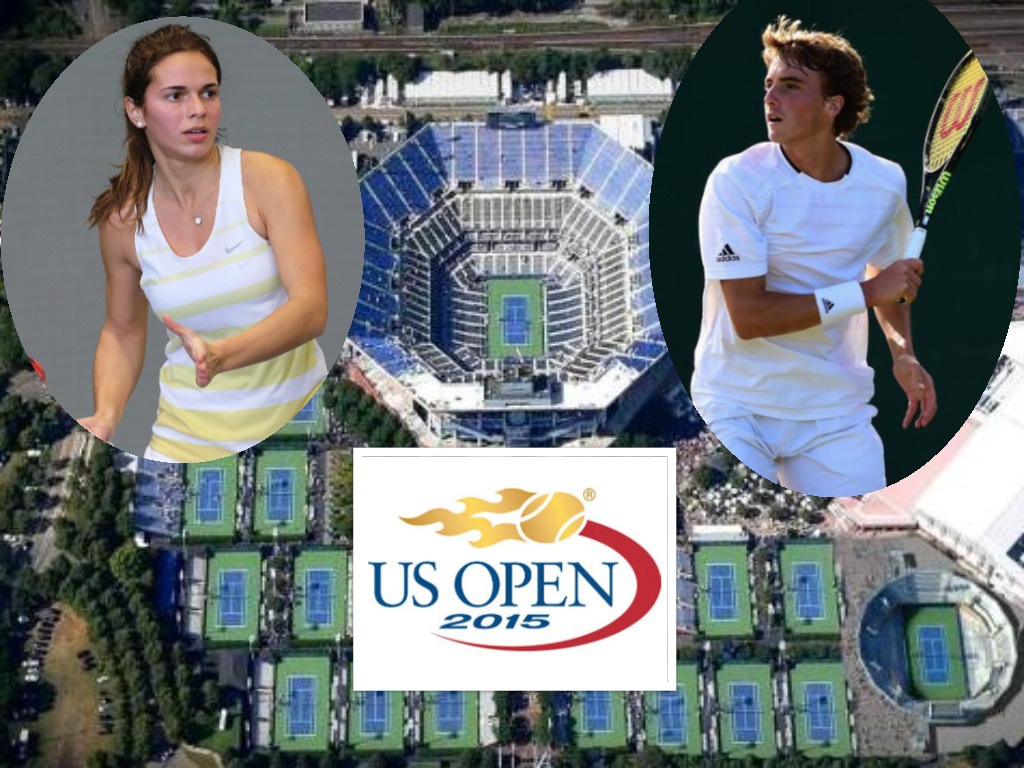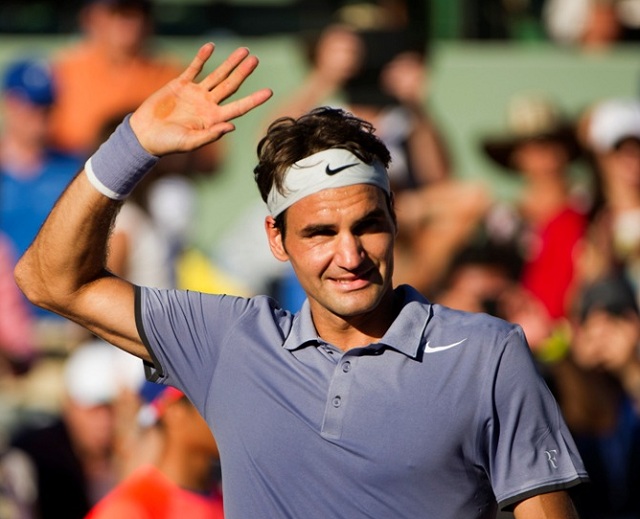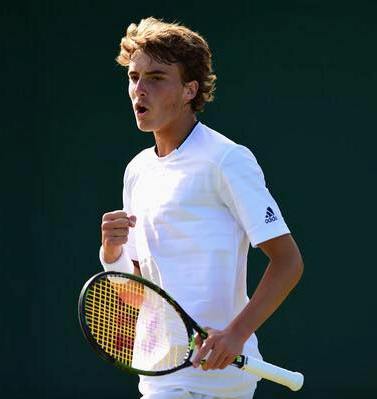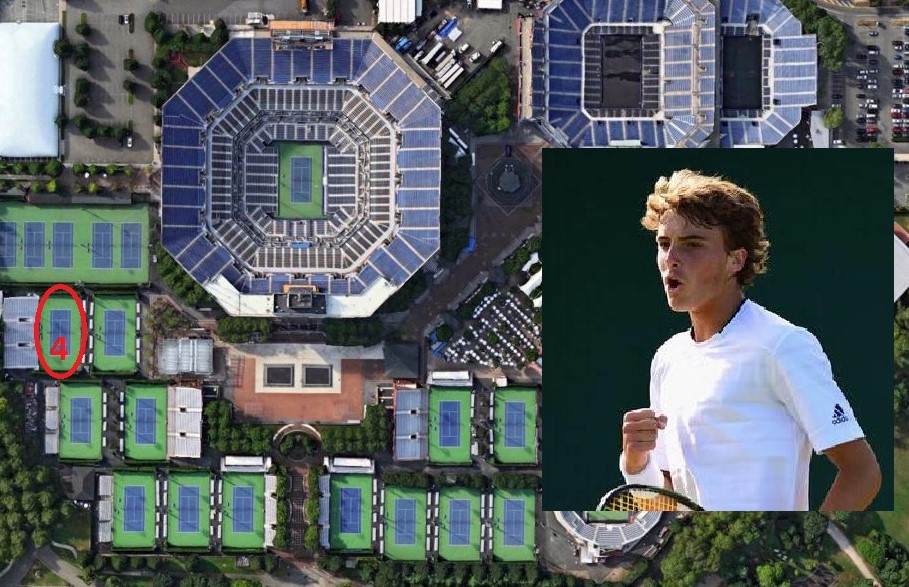Obscured by the bright lights and thunderous commotion surrounding a Grand Slam in New York, it was easy to lose sight of the many storylines that hid in the distant recesses of the Billie Jean King National Tennis Center.
This year, you did not have to look far to find a compelling narrative at the 2015 United States Open. From Novak Djokovic returning to the summit, Fabio Fognini’s great escape against Rafael Nadal, Donald Young thrilling the home fans, 10 teenagers competing in the main draw and Lleyton Hewitt bidding farewell to the New York faithful, storylines were not hard to come by. But if you look deeper, you’ll discover one that fell through the cracks.
It was day two of the qualifying competition. The scene was Court 10, where, shrouded by electric winks of neon and the sultry tones of Frank Sinatra, World No. 138 Facundo Bagnis was facing World No. 190 Jason Kubler in an opening round encounter. Little fanfare, but plenty at stake.
For players perpetually grinding on the ATP Challenger Tour like Bagnis and Kubler, competing in Grand Slam qualifying is a huge opportunity to earn coveted Emirates ATP Rankings points and prize money, as they continue to climb the professional tennis ladder. On paper, the encounter was fascinating. Entering the tournament, Bagnis and Kubler had combined to play 292 matches on clay – at the tour-level and Challenger circuit – and a mere 16 on hard and grass. For Bagnis, who hails from Argentina, where players are bred and learn their craft on red clay, it is quite evident. For Kubler, who was born and raised in Australia, it isn’t quite as clear cut.
You see, Kubler was one of the brightest young prospects to emerge from the tennis-rich nation. A Top 10 seed at all four junior Grand Slams in 2010 and former junior No. 1, he would reach the Wimbledon semi-finals a year later. But as fast as the 22-year-old Brisbane native ascended to the top, he would crash back down… hard.
A hereditary knee condition that results in weakened meniscus around the joints led Kubler to undergo multiple surgeries in his early teens. The fragility of the muscle surrounding the knee forced him to adapt his game and with his professional career in its infancy years later, he had to make a critical decision: play exclusively on clay or don’t play at all. Fearing any structural damage and further setbacks from hitting the hard courts, Kubler decided that the risks were too glaring to ignore. For more than four years, he adhered to a strict clay-court diet in pursuit of his dreams. Four years of clawing at the Emirates ATP Rankings on clay and striving to make a living solely on the surface.
That is, until now.
“I just feel that we need to make him as strong as possible,” said coach and physio Grant Jenkins. “He’s deadlifting 163 kg, which probably makes him maybe one of the strongest dead lifts on the tour. We’ve really loaded up. I use the analogy that if you run on the beach all the time and then you try to run on the road, you’d probably pull up sore. But if you keep your road running going and strengthen the bones and everything else, it will change. I just try to work him as hard as possible. That is, as hard as possible that he can recover from. I’ve always believed that he could do it.”
Having attained a career-high World No. 136 less than a year ago, following his maiden ATP Challenger Tour title run in Sibiu, Romania, and final finish weeks later in Lima, Peru, the Aussie is on the rise. After playing his first match away from clay since 2011 at Wimbledon qualifying this year, reaching the second round, Kubler decided to take the plunge at the US Open. He would fight for 90 minutes against Bagnis, eventually falling in straight sets. But the result was insignificant. Pressing his rubber soles to the acrylic cement on Court 10 was an accomplishment in itself.
ATPWorldTour.com sat down with Jason Kubler, who tells his story of perseverance in the face of adversity…
For those who aren’t familiar with your journey, explain your physical struggles over the years.
“I’ve had three meniscus tears in my left knee and one on my right, but I haven’t had one for three years now. I’ve had to adjust the schedule to playing a lot on clay. My last hard-court match was 2011 US Open juniors. I’ve been playing on clay and it’s been good because over in Europe the tennis is really strong. My knees are fine with the clay. It’s soft and comfortable.
How did it feel playing a professional match on hard courts for the first time in four years?
“It feels good. I feel I can play on this stuff. I’m really happy with how it went. I thought coming here would be a little more grippy and sticky but it’s actually not bad at all. These courts are much faster. You go to the net a little more. You go for the lines more than you would on a clay court. We’ve been working a lot in the gym on strengthening the muscles around the knee. It gives me confidence that I can play on hard courts. I don’t have many doubts that I can play on this.
“There’s no middle ground. You can practise on hard and if you go full speed, something can happen, but if you don’t then you’ll never know. That’s one of the worst things. I’ve switched trainers and we get along really well. He has confidence in me that I can do it.”
Was there ever a moment after one of your surgeries when you thought this is not for me?
“I tell you what, if I had a few more maybe. The first one was when I was 14, so I was pretty young. I didn’t really know about it, so I thought that I had plenty of time. I actually had to have another one straight after that, because they didn’t get it all out. They didn’t fix the whole tear, so I had a cyst on the outside of my knee and they had to cut into it again. It was seven years ago. My next one was when I was 17 or 18. It wasn’t a big surgery, so I was maybe six to eight weeks out until I was fully back. I’m lucky that I haven’t had one where I’m out for 12 months. Del Potro was out for so long. Something like that could be a bit tougher, but when you’re out for six to eight weeks it’s easier to get back quickly. You never really lose it.”
What have you been fearful of the most? Another tear?
“It is fear. In the past, when I went on a hard court it was swelling a lot and then we saw something was wrong inside the knee. Playing on clay was just precaution to keep it good and not have surgery. But if I’m playing on clay and have a long match my knee will swell up anyways. I’m thinking let’s just give it a go on hard courts. If something happens, then we’ll face it. I actually have something in my knee at the moment where the only way to get rid of it is with surgery. It’s called a Lunge lesion, but it’s manageable.”
What is the most important lesson you’ve learned from training?
“Listening to my body. When you’re a little bit younger, you can keep pushing and pushing, because that’s what you think you should do. That’s what I did. What’s happened to me with the injuries is pretty rare, but you don’t need to push through barrier after barrier after barrier. I used to play six tournaments in a row, a week off and six tournaments again. Now I realised I can only play maybe three, maximum four before I need a little break. Also mentally as well. You don’t want to go out there and be mentally tired as well. That’s a big thing.
“Off the court, I don’t do any running. In terms of impact training. I do all my running on the court. I go on the bike a lot. Swimming would be good. We’ve been trying to get my legs strong, so I try to do exercises where there’s not so much impact. It’s a general thing over time, doing continual work. It’s not something I can change over a month or so. It’s about consistently working hard.”
Do you adhere to any dietary changes? Are you monitoring what you eat more?
“Cutting out the carbs. After February, I felt that I weighed a couple kilos extra than what I needed to be. I wasn’t bigger or anything, but I felt I could be a little skinnier and move better around the court. I tried a no carbs diet for five to six weeks and I lost two to three kilos. It’s pretty good. I got down to 73 kilos. But tennis drains you emotionally as well when you’re dieting. Now I’m not going to eat pasta anymore or white bread.”
How much does it motivate you to see your fellow Aussies playing at such a high level?
“It’s good of course, but bad at the same time. I’m really happy that they’re doing so well. But in the back of your head you’re thinking that I want to do that. I could have been doing that. And then you put a lot of pressure on yourself to match what they’re doing, when you need to focus on what you’re doing. When Thanasi (Kokkinakis) made the fourth round at Indian Wells and then (Nick) Kyrgios in the quarters at Wimbledon and Australia, and Bernie (Tomic) is playing well too, we’re all such good friends that you want them to do well but it definitely pushes you to work harder.”
Is competing on the hard courts of Australia a big goal to start 2016?
“This year was the toughest, because I could get in (to Australian Open qualifying) and play it. The other years I could justify in my head saying my ranking is not going to get me in so I don’t need to play it. But this year was tough to get over.
“Playing the US Open is definitely a confidence boost to be able to play in Australia next year. The Aussie surface is very sticky and gritty though. Turning is tough, but if we set the schedule, where I get strong and ready a couple weeks before the Open then I can do it.”
